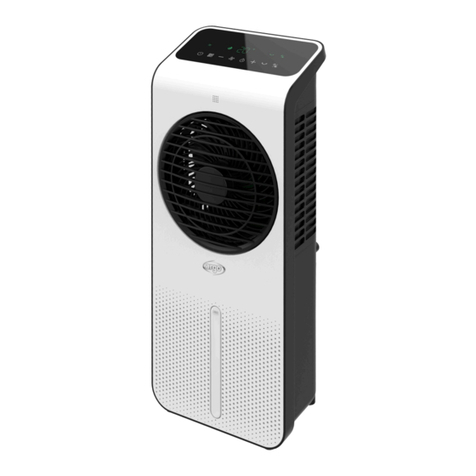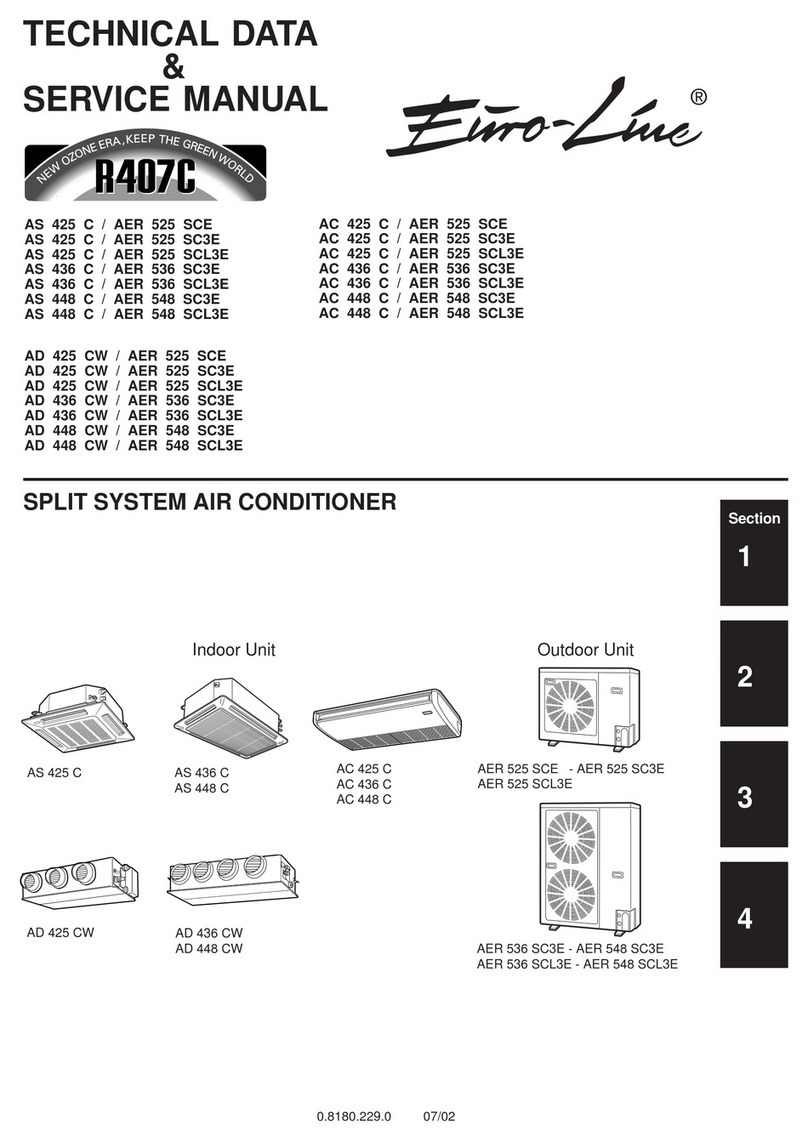Argo IRO User manual
Other Argo Air Conditioner manuals
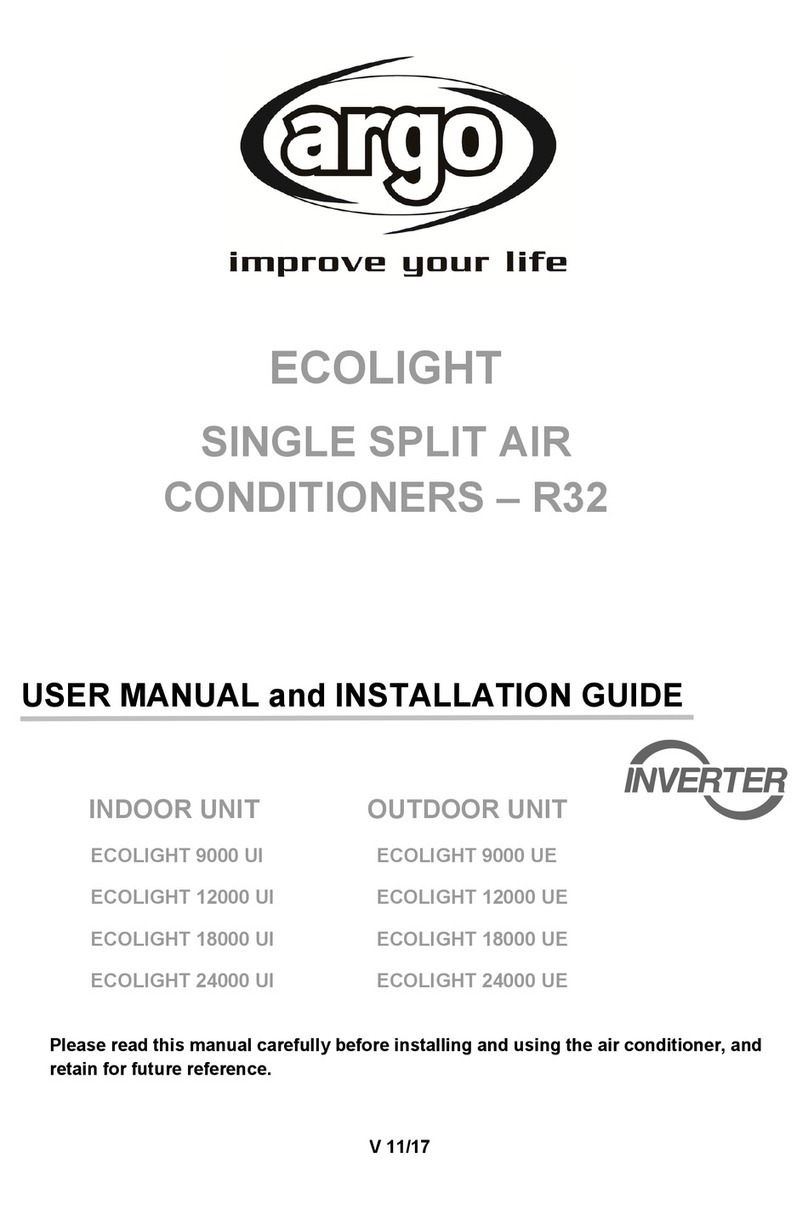
Argo
Argo Ecolight 9000 UI User manual
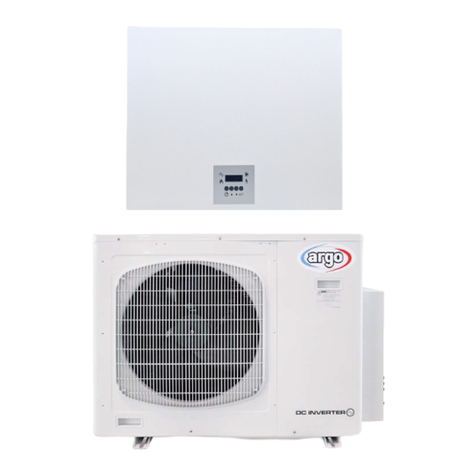
Argo
Argo AEI1G65EMX User manual
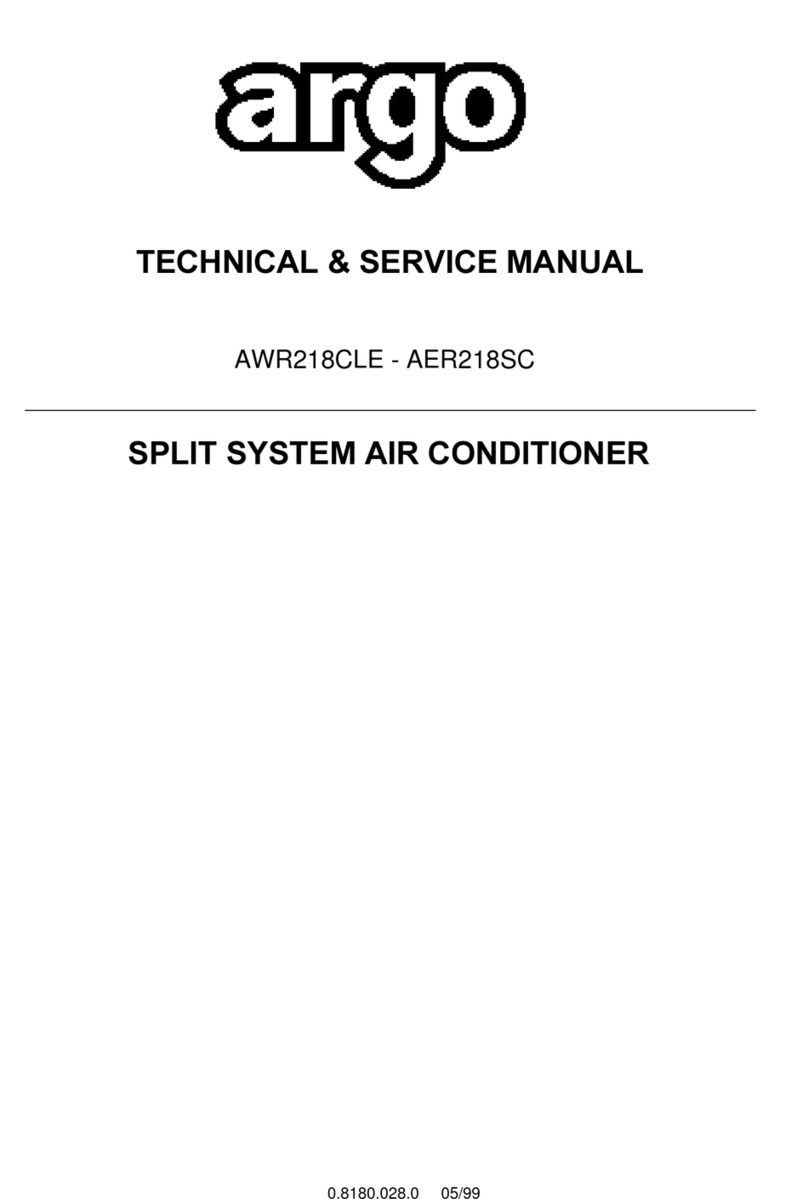
Argo
Argo AWR218CLE Operating manual

Argo
Argo AW720HL User manual
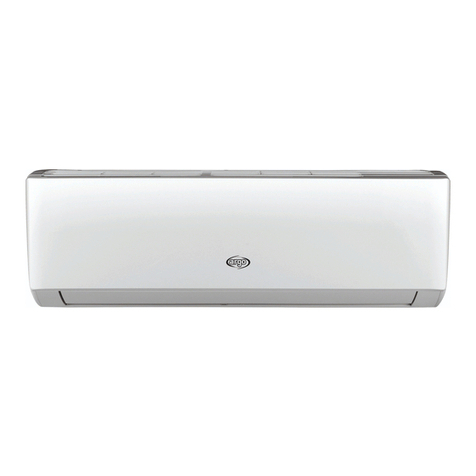
Argo
Argo X3 ECO PLUS Operating manual
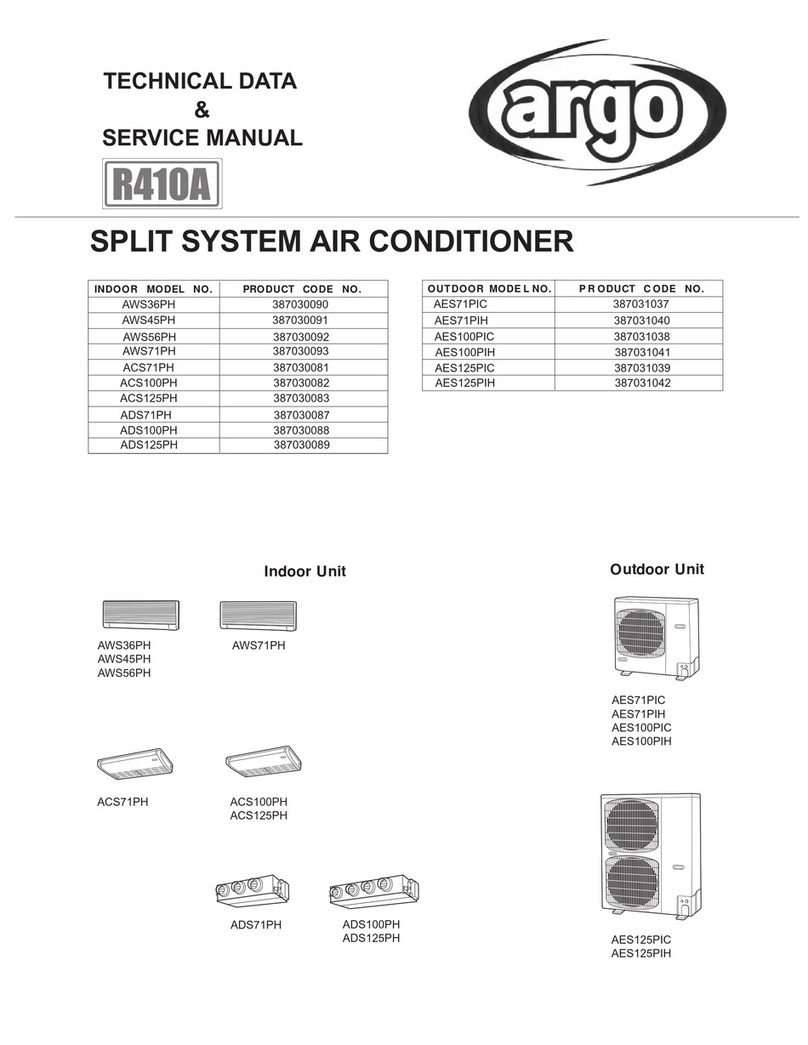
Argo
Argo AWS36PH Manual

Argo
Argo SLIMMY User manual
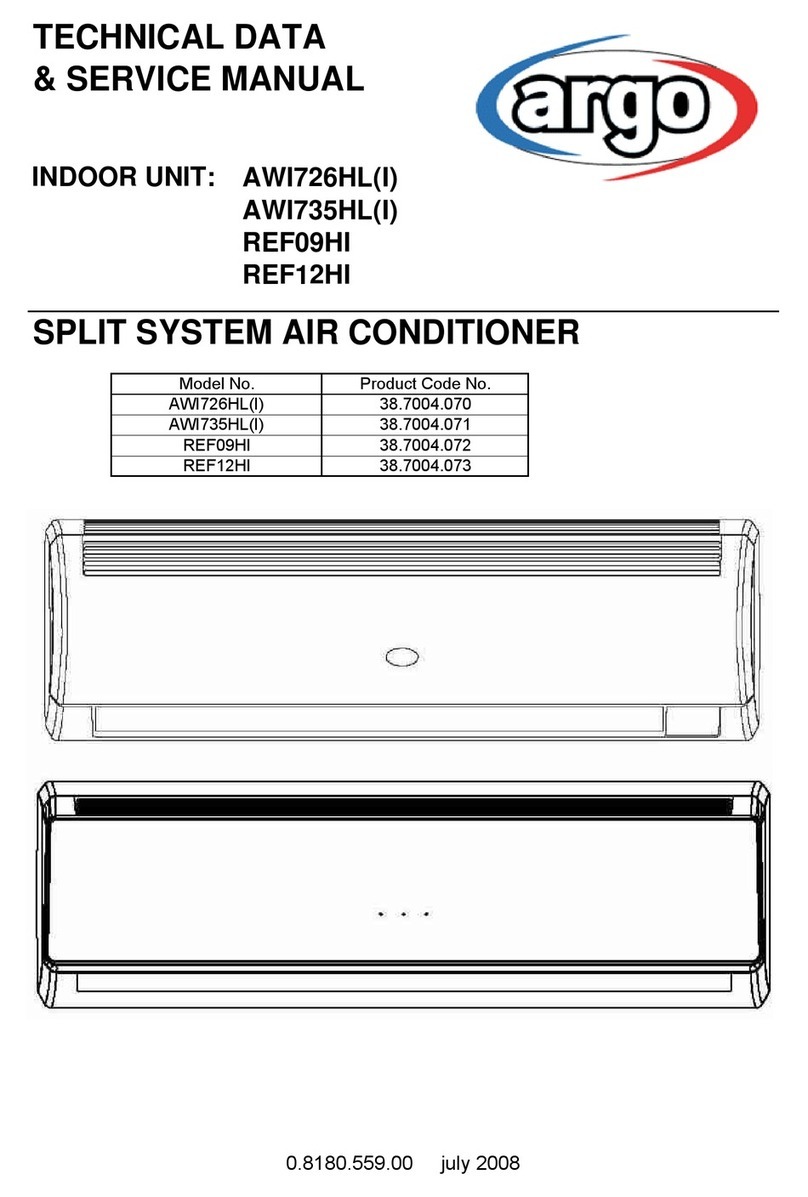
Argo
Argo AWI726HLI Manual
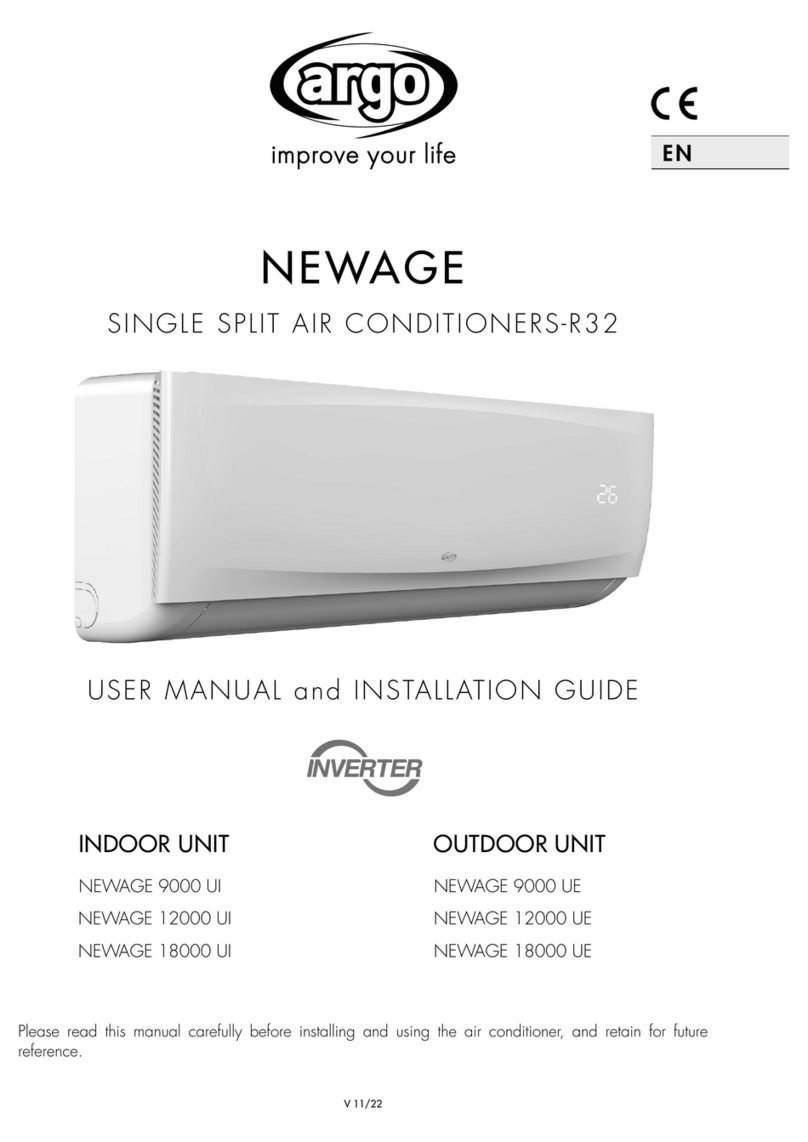
Argo
Argo NEWAGE 9000 UI User manual
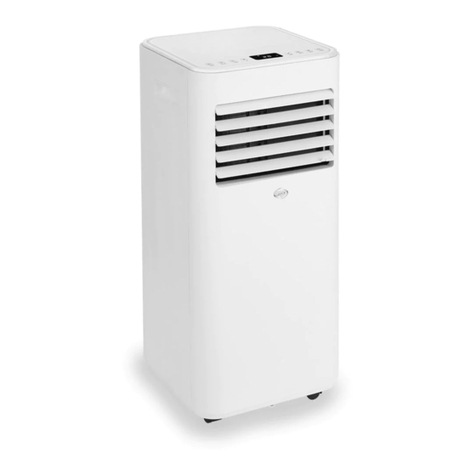
Argo
Argo ISIDE User manual
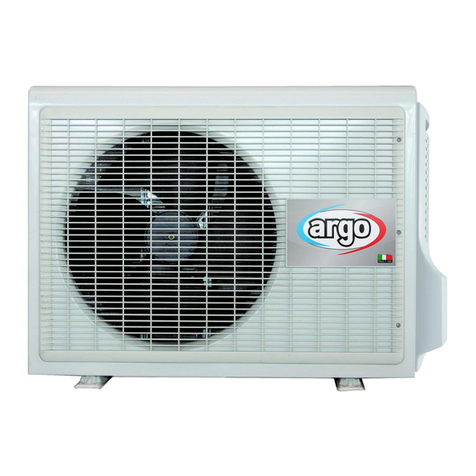
Argo
Argo AEI1G30EMX User manual

Argo
Argo CAFM255R5I Manual
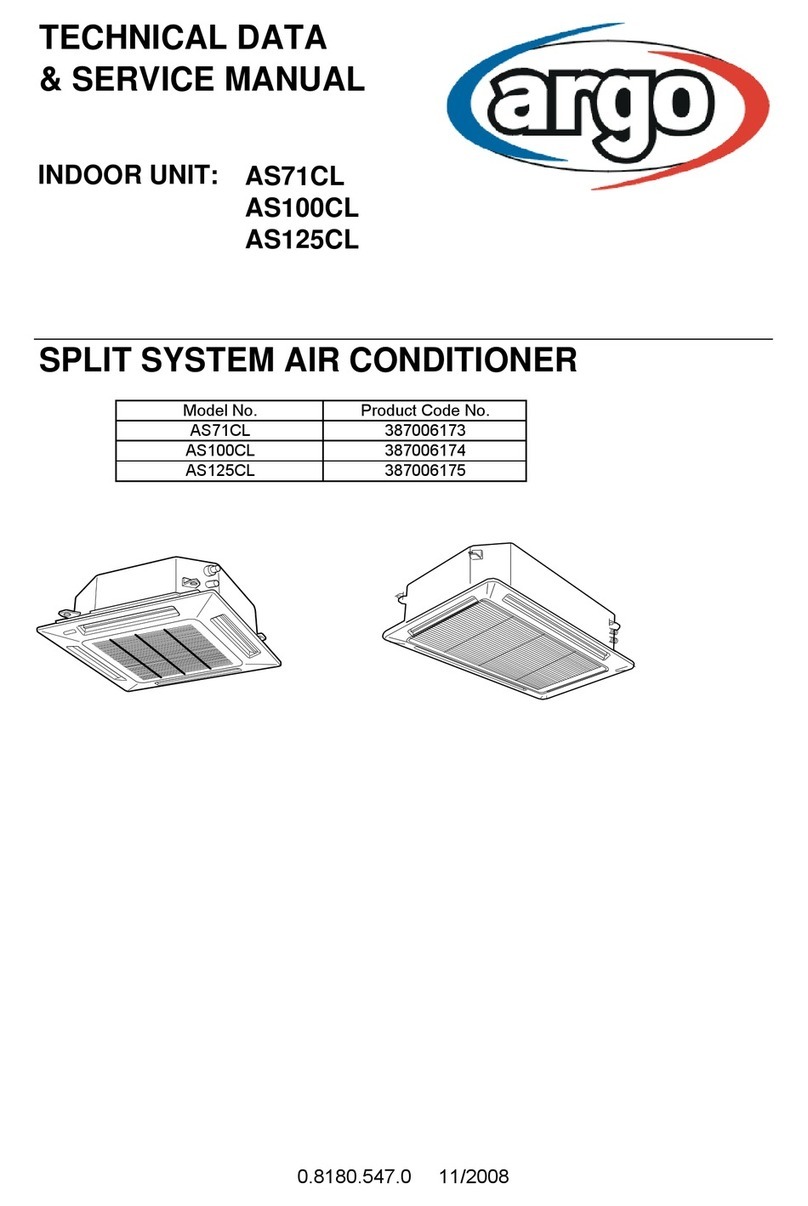
Argo
Argo AS71CL Manual

Argo
Argo MADISON User manual

Argo
Argo AGW52RH U.I. User manual

Argo
Argo X3I ECO AS45HL Operating manual
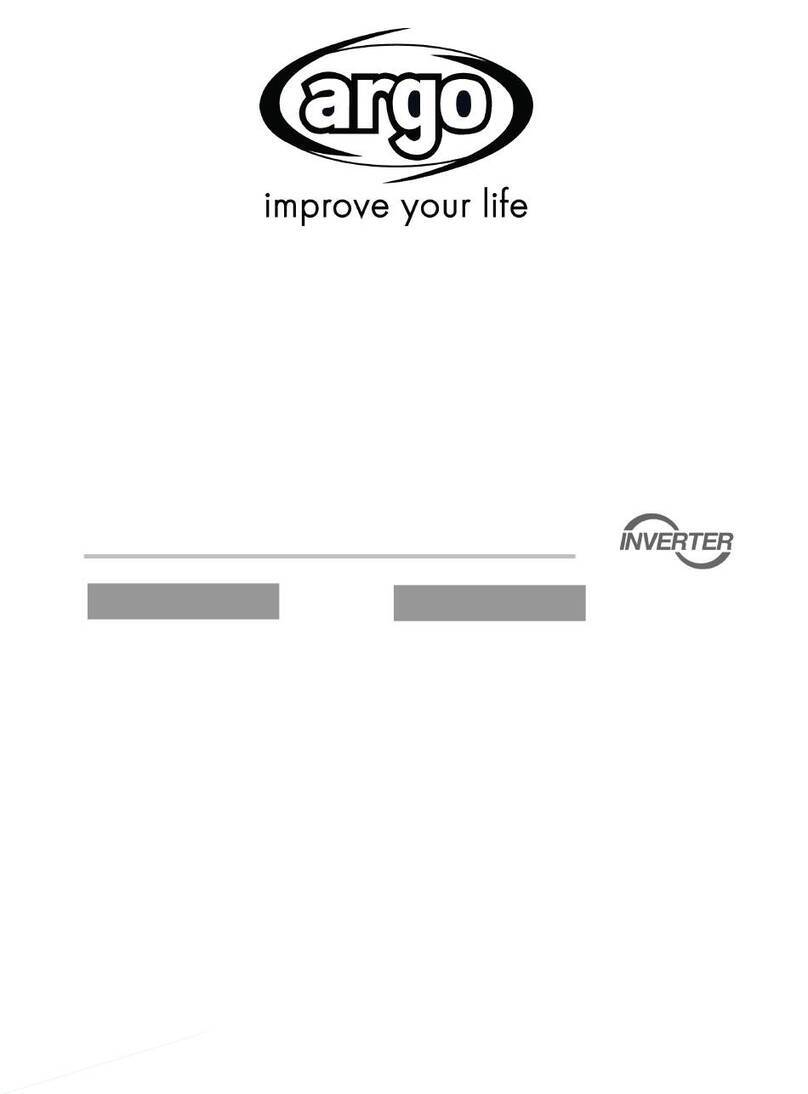
Argo
Argo AFSI ECO 120HL UI User manual
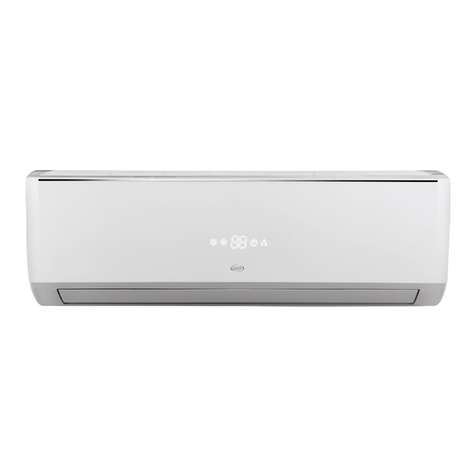
Argo
Argo FCW01 Operating manual

Argo
Argo FC52AL User manual

Argo
Argo WALL 18000 UE Manual
Popular Air Conditioner manuals by other brands

Fujitsu
Fujitsu ASYG 09 LLCA installation manual

York
York HVHC 07-12DS Installation & owner's manual

Carrier
Carrier Fan Coil 42B Installation, operation and maintenance manual

intensity
intensity IDUFCI60KC-3 installation manual

Frigidaire
Frigidaire FAC064K7A2 Factory parts catalog

Sanyo
Sanyo KS2432 instruction manual

Mitsubishi Electric
Mitsubishi Electric PUHZ-RP50VHA4 Service manual

Panasonic
Panasonic CS-S18HKQ Service manual

Panasonic
Panasonic CS-E15NKE3 operating instructions

Gree
Gree GWH18TC-K3DNA1B/I Service manual

Friedrich
Friedrich ZoneAire Compact P08SA owner's manual

Daikin
Daikin R32 Split Series installation manual

